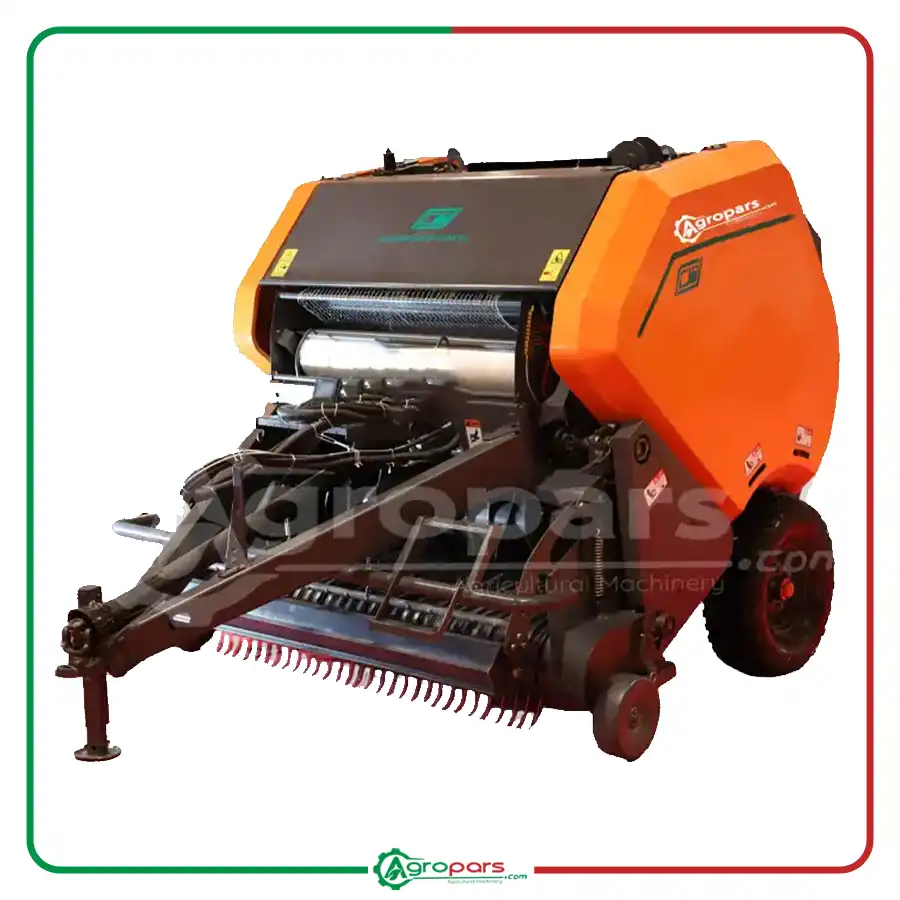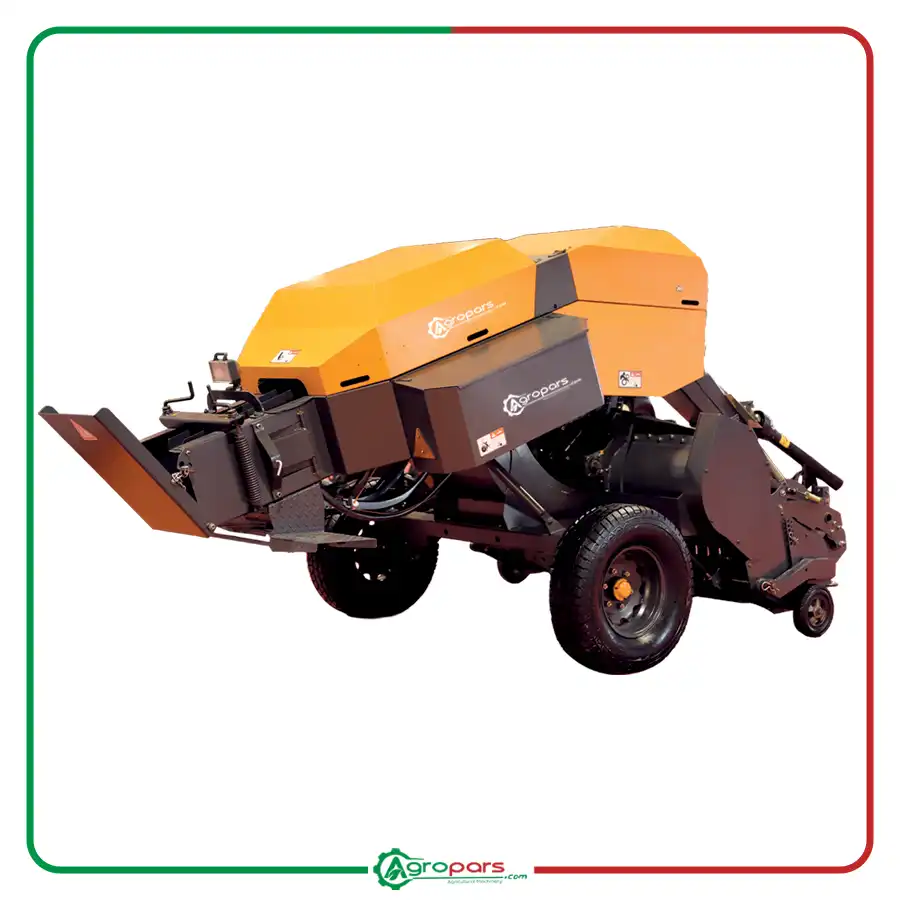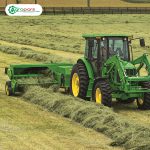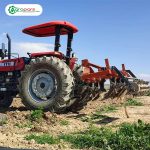Introduction
Balers are essential tools in modern agriculture, designed for collecting, compressing, and packaging forage, straw, and agricultural residues. The two most common types of balers—the round baler (also known as a cylindrical or rolls baler) and the square baler—each come with distinct features and applications. Choosing between these two depends on your farm’s needs, crop type, and working conditions. In this article, we will examine the key differences between round balers and square balers from various perspectives to help you make an informed decision.

Difference in Shape and Packaging Structure
Round Baler: Cylindrical Rolls
The round baler compresses forage or straw into round, cylindrical rolls . These rolls are typically formed using internal belts or nets within the machine. The cylindrical shape makes them easy to roll and move using tractors or other equipment.
Square Baler: Rectangular Bales
In contrast, the square baler packages forage into uniform rectangular bales. These bales are created using a compressing piston and a knotting system, forming small or large cubic shapes. The rectangular structure is ideal for neat stacking and storage in warehouses.
Difference in Application and Usage
Round Baler: Ideal for Silage and Long-Term Storage
Due to its production of cylindrical rolls, the round baler is often used for making silage (fermented forage). The rolls can be wrapped in plastic to ferment in an oxygen-free environment, preserving quality for extended periods. This makes it suitable for livestock farmers who need to store forage for seasons with low availability.
Square Baler: Perfect for Transportation and Sales
The square baler, with its rectangular bales, is better suited for transportation and selling in domestic and international markets. Rectangular bales are easy to stack in trucks and take up less space, reducing transportation costs. Additionally, these bales are ideal for organized storage and use in smaller livestock operations.
Difference in Weight and Handling
Round Baler: Heavier and Requires Special Equipment
Rolls produced by a round baler are generally heavier, with weights ranging up to several hundred kilograms depending on size and compression levels. Handling these rolls often requires specialized equipment, such as forks or tractors equipped for heavy lifting, which can be challenging for smaller farms.
Square Baler: Lighter and Easier to Handle
The rectangular bales produced by a square baler are typically lighter and come in smaller or medium sizes. These bales can be moved by hand or with simpler equipment, making them a more practical option for farms that require frequent handling.
Difference in Maintenance and Repairs
Round Baler: More Complex Maintenance
The round baler, with its more intricate design involving internal belts and rollers to form rolls, requires more meticulous maintenance. Belts may tear or loosen over time, and hydraulic systems (in advanced models) need regular checks. This increases the time and cost of upkeep.
Square Baler: Simpler Maintenance
Square balers generally have a simpler design and are easier to maintain. Key components like the knotting system, piston, and pick-up unit can be kept in good condition with periodic checks and lubrication. This type of baler is less prone to complex breakdowns.
Difference in Cost and Investment
Round Baler: Higher Initial Cost
Round balers, especially advanced models capable of producing large rolls or equipped with silage wrapping systems, tend to be more expensive. This higher initial cost may not be justifiable for small or medium-sized farms unless operating on a large scale.
Square Baler: More Affordable for Small Farms
Square balers are generally more cost-effective and a better economic choice for smaller farms. With a lower price point and simpler functionality, they adequately meet the basic needs of collecting and packaging.

Conclusion
Choosing between a round baler and a square baler depends on the specific needs of your farm and agricultural activities. The round baler, with its cylindrical rolls, is better suited for producing silage and long-term storage but is heavier and requires more equipment for handling. On the other hand, the square baler, with its lighter rectangular bales and easier transport, is ideal for organized storage and market sales. By considering factors such as budget, production volume, and farm conditions, you can make a more informed decision. Both types of balers, with their unique applications, are valuable tools in modern agriculture.





